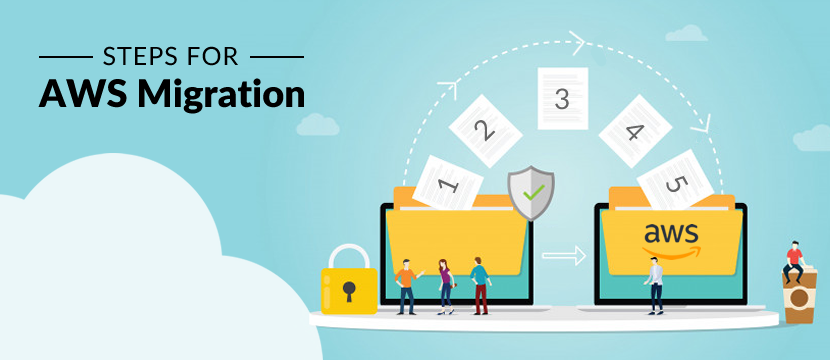
AWS MIGRATION
AWS Database Migration Service
Migrate your databases to AWS with minimal downtime More than 350,000 databases migrated using AWS Database Migration Service
AWS Database Migration Service helps you migrate databases to AWS quickly and securely. The source database remains fully operational during the migration, minimizing downtime to applications that rely on the database. The AWS Database Migration Service can migrate your data to and from the most widely used commercial and open-source databases.
AWS Database Migration Service supports homogeneous migrations such as Oracle to Oracle, as well as heterogeneous migrations between different database platforms, such as Oracle or Microsoft SQL Server to Amazon Aurora. With AWS Database Migration Service, you can continuously replicate your data with high availability and consolidate databases into a petabyte-scale data warehouse by streaming data to Amazon Redshift and Amazon S3.
When migrating databases to Amazon Aurora, Amazon Redshift, Amazon DynamoDB, or Amazon DocumentDB (with MongoDB compatibility) you can use DMS free for six months.
Benefits
Simple to use
AWS Database Migration Service is simple to use. There is no need to install any drivers or applications, and it does not require changes to the source database in most cases. You can begin a database migration with just a few clicks in the AWS Management Console. Once the migration has started, DMS manages all the complexities of the migration process including automatically replicating data changes that occur in the source database during the migration process. You can also use this service for continuous data replication with the same simplicity.
Minimal downtime
AWS Database Migration Service helps you migrate your databases to AWS with virtually no downtime. All data changes to the source database that occur during the migration are continuously replicated to the target, allowing the source database to be fully operational during the migration process. After the database migration is complete, the target database will remain synchronized with the source for as long as you choose, allowing you to switchover the database at a convenient time.
Supports widely used databases
AWS Database Migration Service can migrate your data to and from most of the widely used commercial and open-source databases. It supports homogeneous migrations such as Oracle to Oracle, as well as heterogeneous migrations between different database platforms, such as Oracle to Amazon Aurora. Migrations can be from on-premises databases to Amazon RDS or Amazon EC2, databases running on EC2 to RDS, or vice versa, as well as from one RDS database to another RDS database. It can also move data between SQL, NoSQL, and text-based targets.
Low cost
AWS Database Migration Service is a low-cost service. You only pay for the compute resources used during the migration process and any additional log storage. Migrating a terabyte-sized database can be done for as little as $3. This applies to both homogeneous and heterogeneous migrations of any supported databases. This is in stark contrast to conventional database migration methods which can be very expensive.
Fast and easy to set-up
You can set up a migration task within minutes in the AWS Management Console. A migration task is where you define the parameters the AWS Database Migration Service uses to execute the migration. This includes setting up connections to the source and target databases, as well as choosing the replication instance used to run the migration process. Once set up, the same task can be used for test runs before performing the actual migration.
Reliable
The AWS Database Migration Service is highly resilient and self–healing. It continually monitors source and target databases, network connectivity, and the replication instance. In case of interruption, it automatically restarts the process and continues the migration from where it was halted. A multi-AZ option allows you to have high-availability for database migration and continuous data replication by enabling redundant replication instances.
